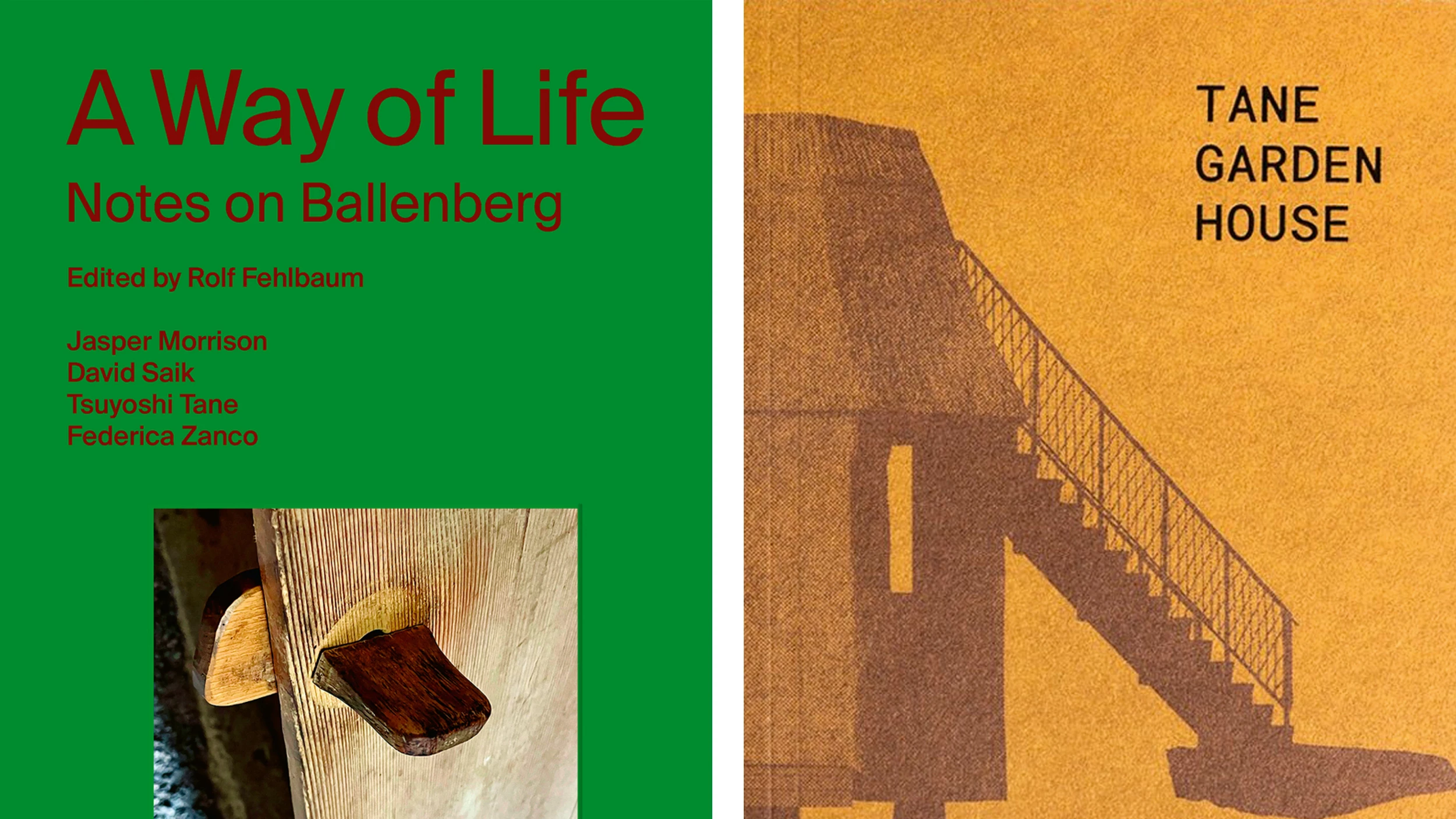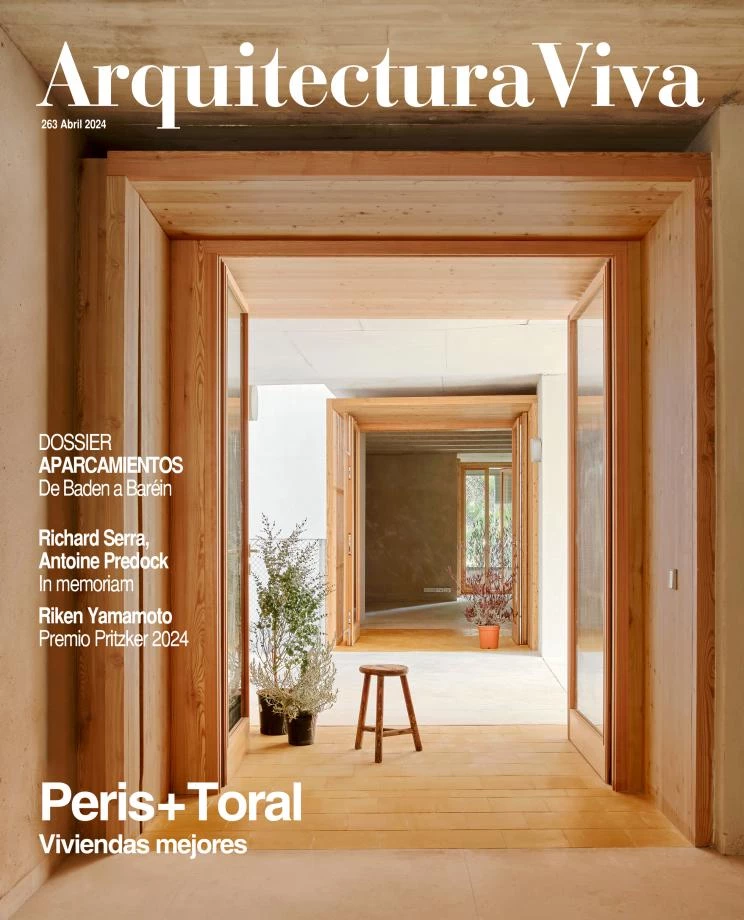
Outdoor museums of vernacular architecture, initiated in Scandinavia in the late 1800s, proliferated in Europe in the 1960s and 1970s, and the Ballenberg Open-Air Museum in Switzerland was inaugurated in 1978. Rolf Fehlbaum took over his family’s furniture business the year before, and the Vitra campus grew with numerous signature architecture over the following decades, but it did not occur to him to visit Ballenberg until 2019. He went with Federica Zanco, the architect who directs the Barragán Foundation in the same Vitra grounds, and both of them were rather skeptical, given their shared commitment to things contemporary, but the vernacular works on display in an idyllic landscape impressed them with their simple and exact functionality, borne out of necessity and scarcity.
From this first visit arose the idea for a book, a project which also brought in the designer Jasper Morrison and the architects David Salk and Tsuyoshi Tane, who all joined Fehlbaum and Zanco in providing general and detailed photographs as well as the comments on them that would go into the volume published by Lars Müller, which also contains and essay by the ethnographer and art historian Beatrice Tobler, who was the director of the Open-Air Museum when the visits took place. Completing this small and exquisite work are quotes from eight defenders of traditional knowledge, who are praised as pioneers of responsible building: Christopher Alexander, Lina Bo Bardi, Minnette de Silva, Charles Eames, Hassan Fathy, Sibyl Moholy-Nagy, Charlotte Perriand, and Bernard Rudofsky. With this perfectly composed Parnassus of heroes, the book is almost a manifesto, and the publisher Müller himself signs a colophon encouraging readers “to renounce trends and fashions and to meet the challenges of our time with attention to the real and the existing, to the useful and the enduring.”
Rolf Fehlbaum – who has added to the Vitra campus a group of small historical and contemporary structures: a geodesic dome by Fuller, a petrol filling station by Prouvé, a Diogene micro-home by Piano, and the Umbrella House by Shinohara – himself prefaces the monograph on the most recent addition to the premises, the garden cottage built by the Paris-based Japanese architect Tsuyoshi Tane for inclusion in the park created by the Dutch landscape designer Piet Oudolf. Tane, whose experience visiting Ballenberg is added to a heap of material influences and archaeological intuitions, documents the design process in three hundred pages that gather very many of the images and references currently on view in a densely-packed exhibition on the Vitra grounds, and justifies Fehlbaum’s observation that the two smallest buildings there – namely Piano’s Diogene cabin and this garden hut, featured in Arquitectura Viva 154 and AV Proyectos 120, respectively – are the ones that have triggered the most extensive dialogues between architect and client. The tiny jewels are definitely not the puniest in time or effort, and these two little books prove this with restrained elegance and silent refinement.








